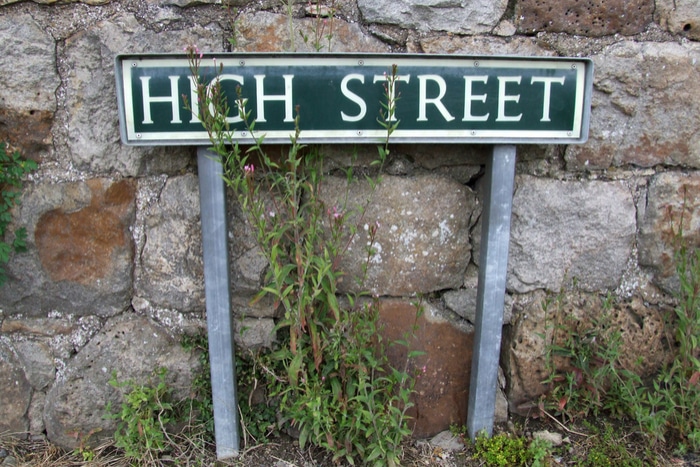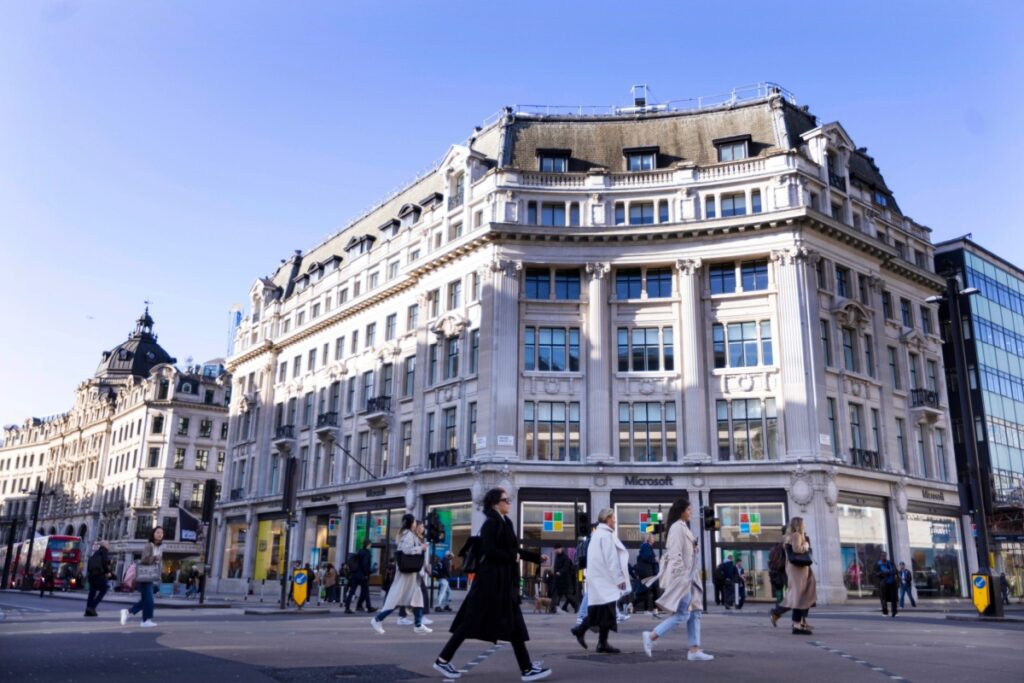// Many high streets face a bleak future without rethinking regeneration strategies, new report suggests
// Government must focus on providing good jobs which boost spending power, according to Centre for Cities
// Strong link between presence of high-skilled jobs and vibrant high streets
// Interventions such as cultural initiatives & business rates reform unlikely to sustain high streets in the long term
Many high streets in the UK face a bleak future as policymakers are failing to identify a clear economic focus to city centre regeneration strategies, a new report has shown.
According to Centre for Cities’ latest research, high street success is defined by policies that create skills, jobs and office space rather than currently-accepted interventions such as cultural initiatives, business rate reforms and online sales taxes.
Centre for Cities said specific interventions were unlikely to succeed due to a lack of consumer spending power needed to sustain a mix of amenities, and that government funding should instead focus on upskilling workers and attracting professional businesses into city centres.
READ MORE:
The research shows there is little evidence to suggest direct interventions provide long-term solutions to the economic reasons behind high street decline because they fail to address the lack of spending power in many cities.
Centre for Cities found that prosperous city centres with lots of office space and high-skilled jobs accommodate significantly more varied high street amenities than economically weak cities.
For example, in Mansfield and Barnsley, just seven per cent of city centre high street space is taken by specialist amenities such as cinemas, independent restaurants or cocktail bars.
In contrast, in Manchester – where the number of city centre workers has increased by 80 per cent in the last 20 years – the proportion of units taken by specialist high street amenities is four times higher, at 28 per cent.
In London the proportion of specialist amenities is even greater – at 40 per cent.
Centre for Cities’ report also indicated that too many shops in city centres signalled a weak local economy.
It found that in prosperous cities with low vacancy rates such as Cambridge, restaurants and cafes account for around 30 per cent of units.
However, in economically weaker cities with more empty units, such as Newport, the proportion of eateries falls below 10 per cent and the number of shops rises.
Centre for Cities’ report also highlighted that while internet competition is not the primary cause of high street decline, city centre amenities offering consumers something they are unable to get online were actually more likely succeed in the long term.
“Good jobs and a strong local economy are the keys to saving high streets,” Centre for Cities chief executive Andrew Carter said.
“Any interventions that seek to improve cities’ amenities without boosting consumer spending power are doomed to fail from an economic perspective.
“Specific cultural initiatives have many civic benefits, but policymakers should be wary of using them as a tool to regenerate local economies.
“Policy should focus on improving cities’ overall economic performance.
“Crucially this means using high street funding to boost the skills and incomes of residents.”
Click here to sign up to Retail Gazette‘s free daily email newsletter

















